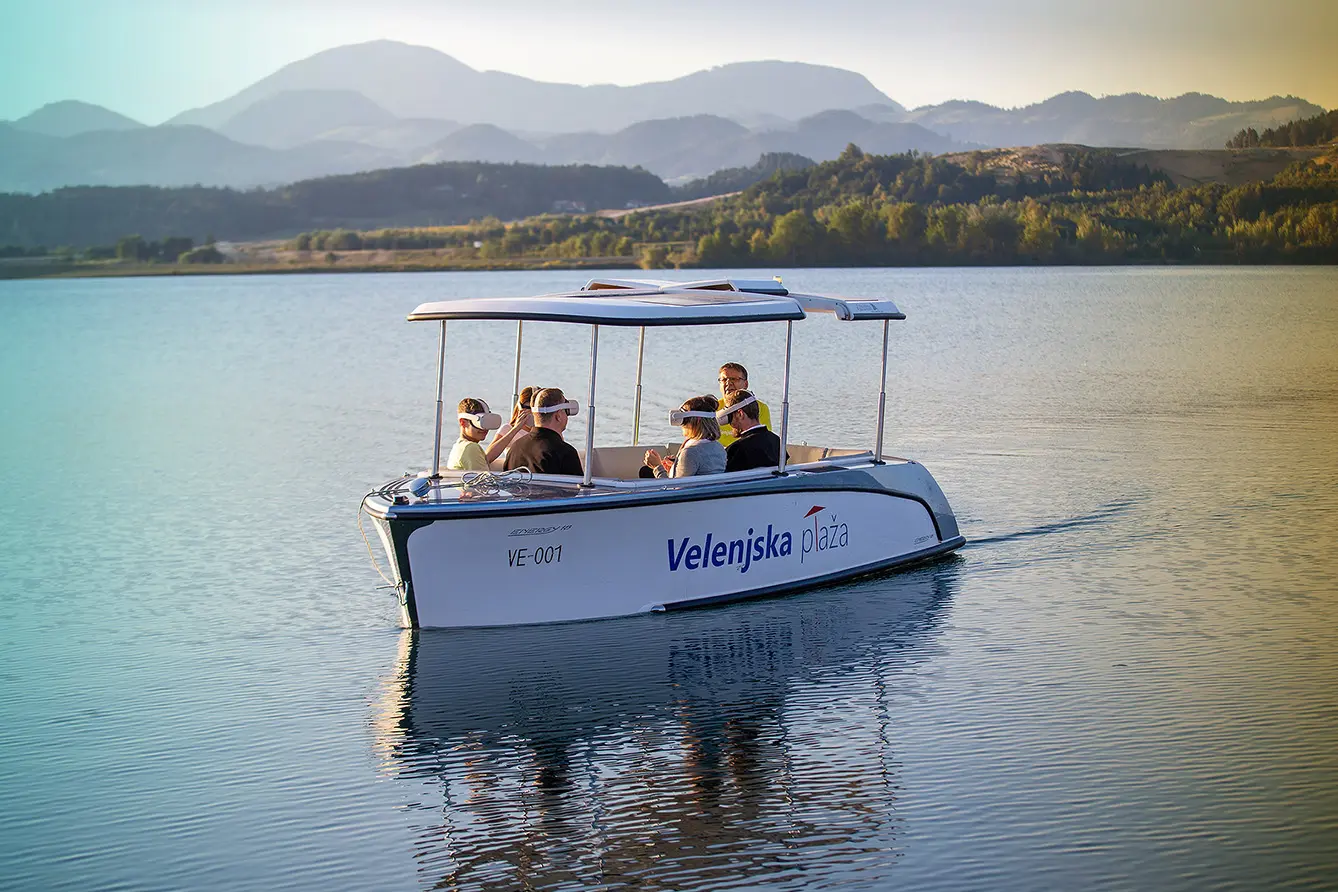The Slovenian town of Velenje is known for two things – a big coal mine and a new city, only officially recognized in 1959. The latter was the consequence of the former. A small market town suddenly grew exponentially, urbanizing the traditionally rural environment of the Šalek Valley in a process that started just before WW II. It changed the valley’s image completely in an incredibly memorable way. The mining resulted in new lakes that appeared where villages used to stand.
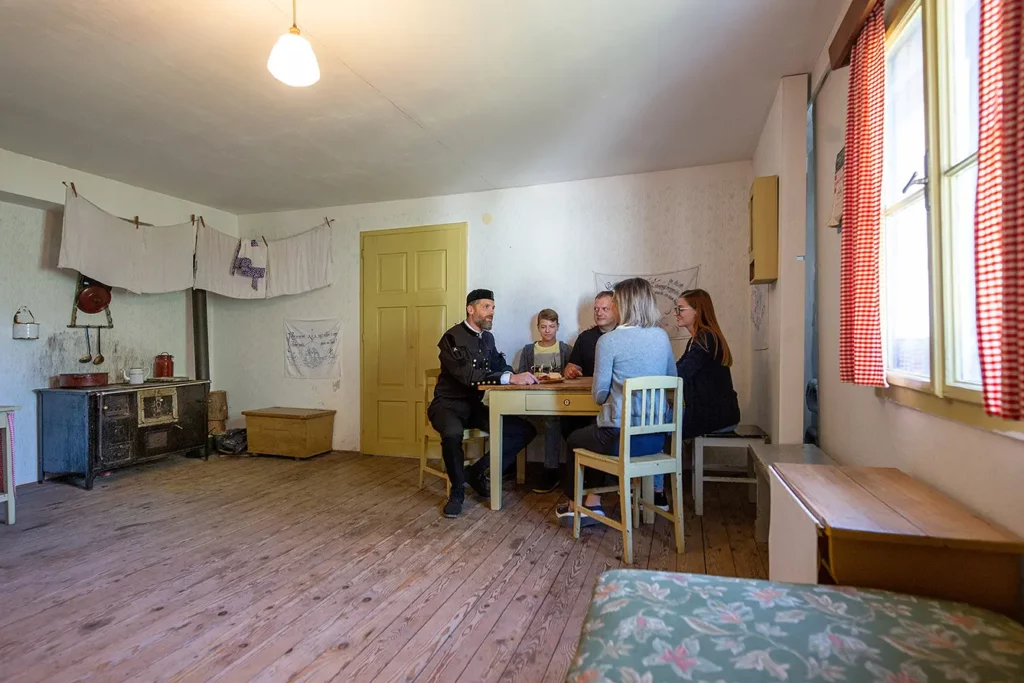
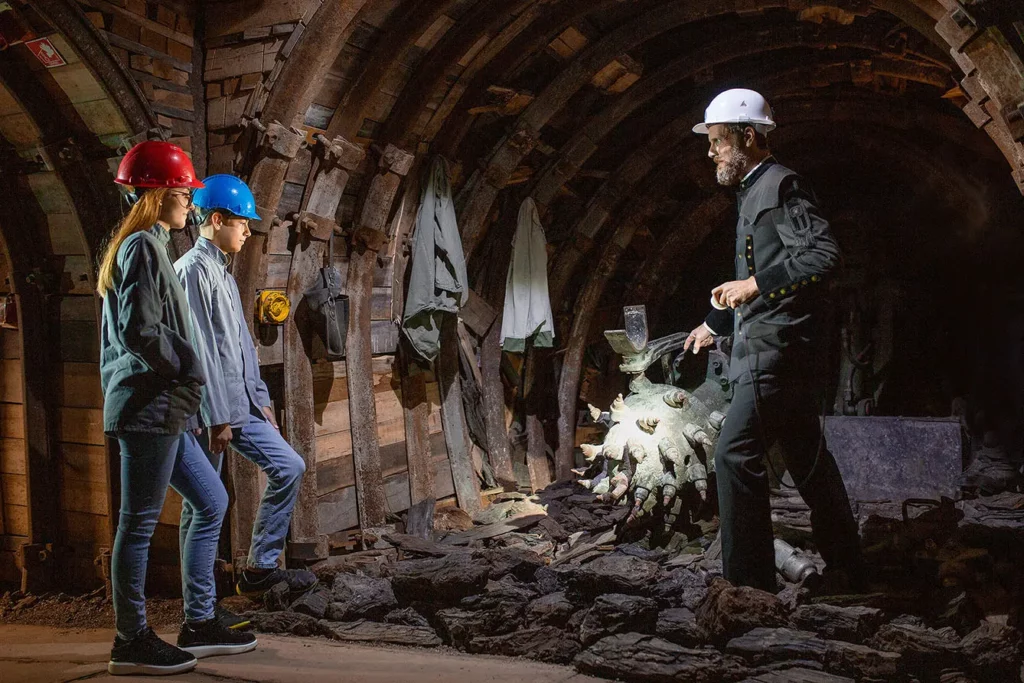
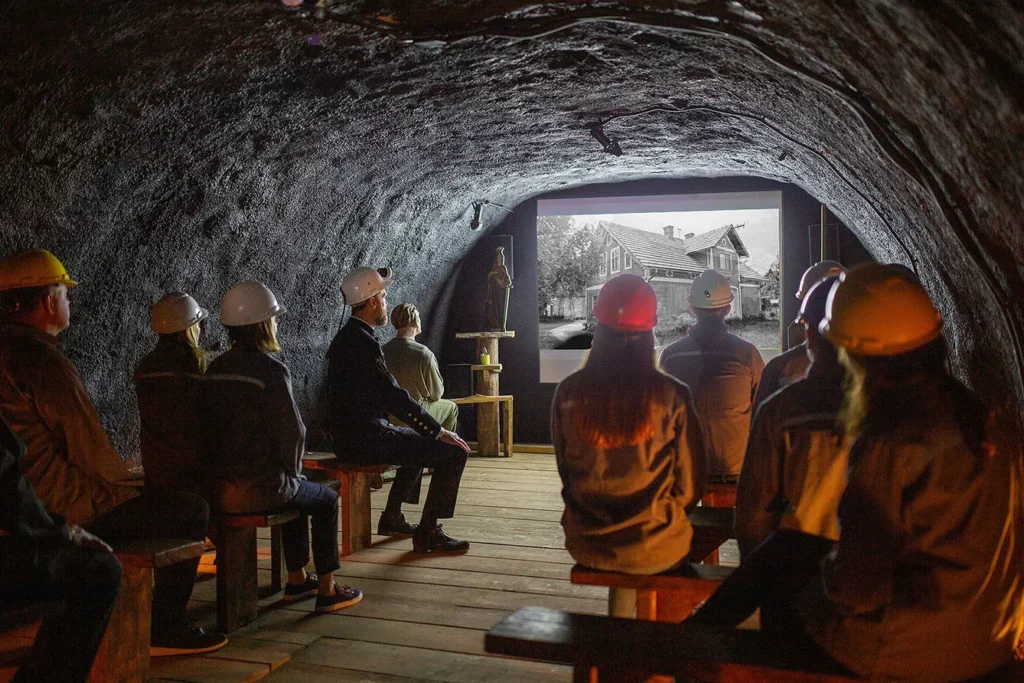
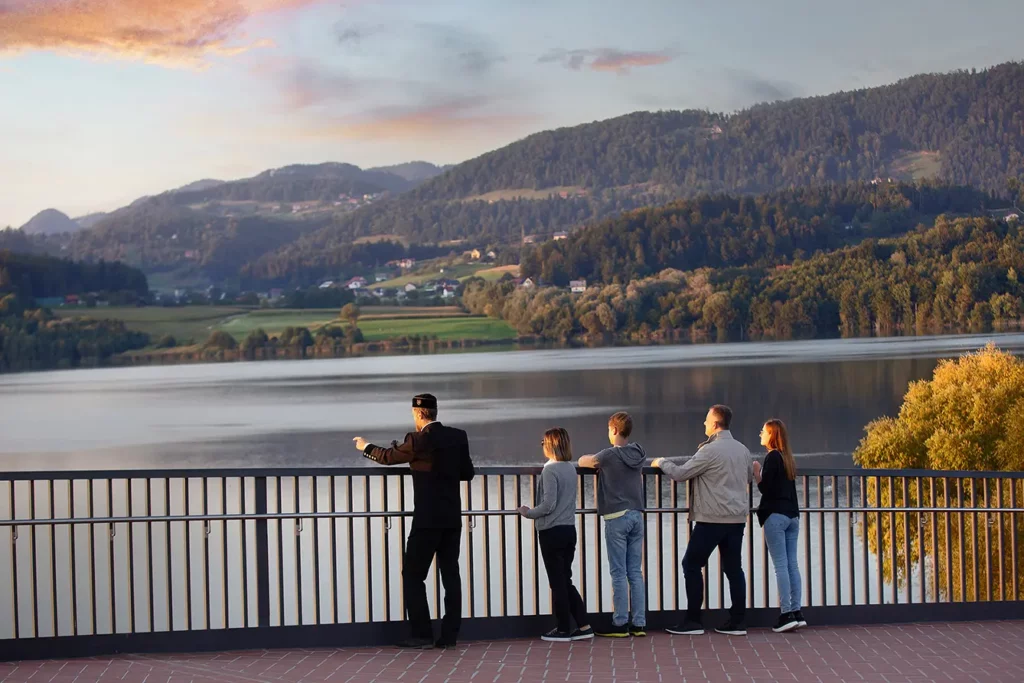
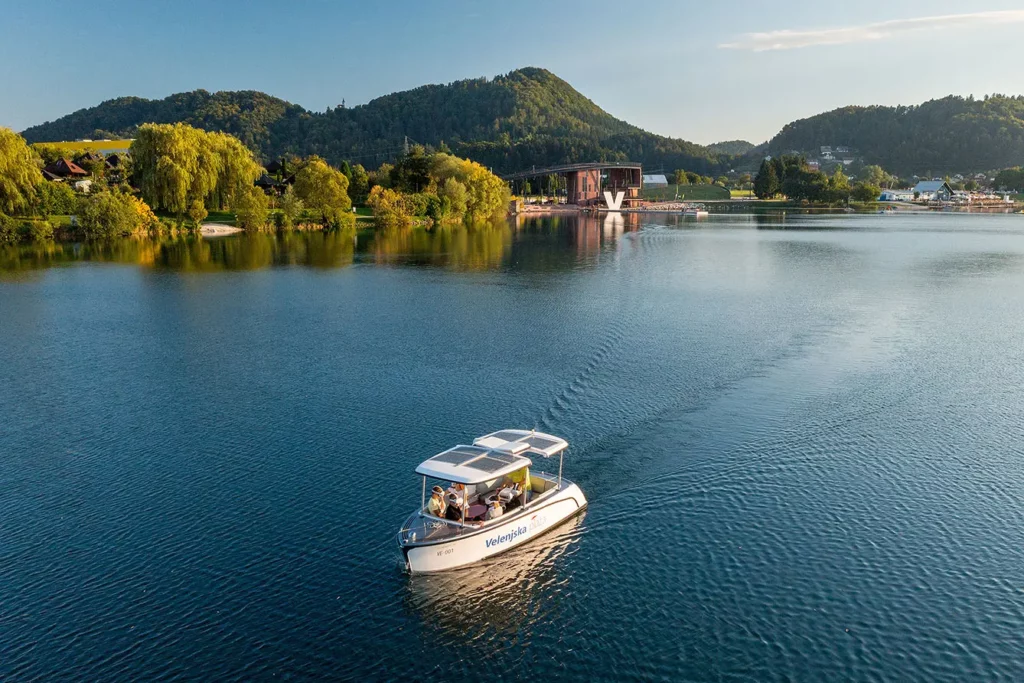
So what happened to the houses, the schools, the churches? Why did they sink, and where did the villagers go? Fortunately, we are left with incredible life stories of villagers: miners who mined coal from one of the richest lignite seams in the world with faith in a better future.
Šalek Valley: land of industrial lakes
The so-called Šalek Lakes are the result of lignite mining, which has been going on in the Šalek Valley for 150 years. The coal mines were created in the middle of the basin floor of the valley, which had previously been primarily used for agriculture and was only minimally inhabited. Where the lakes are today, there were several villages that have disappeared, either partially or completely.
A few decades ago, these villages were full of life, full of children’s laughter and timeless conversations between neighbors and friends, but a sad fate linked to the subsidence due to intensive mining has turned them into a memory and a reminder that people to be even more aware of their own transience and end. There are still many people today from older generations who went to school in those villages who recall how the villages started sinking and became unsafe, forcing their families to move.
Now, all that remains of their former villages are shining lake surfaces. The lakes are now named after the sunken villages and after Velenje, the town that grew to accommodate the displaced, becoming a lake settlement as a result of the coal mining.
Buildings on the bottom
But, of course, they only disappeared from the surface. The buildings remain on the bottom of the lakes, testifying about life as it was just before the sinking. It happened quite fast, and so many items, especially heavy ones, would be left behind, so it is possible to see those almost frozen-in-time moments of half a century ago, but underwater.
In fact, they have become of such interest to visitors that today the Coal Mining Museum of Slovenia in Velenje now organizes a virtual dive where anyone can discover these mysteries hidden underneath the surface. As a visitor, you are actually able to find what remains of kitchens, bedrooms, and attics, as well as schools, inns, and whole gothic churches. For the bravest, an actual scuba dive might be a more interesting challenge. These lakes, seemingly like any others at first glance, have hidden secrets unlike anything else you can see anywhere else in the world.
The valley is still changing as a result of coal mining, as are the Šalek Lakes. Their size, depth, and quality change yearly. How exactly they will end is a mystery. Have the lakes already claimed their last village, or are there still more to come? Only the future will tell.


